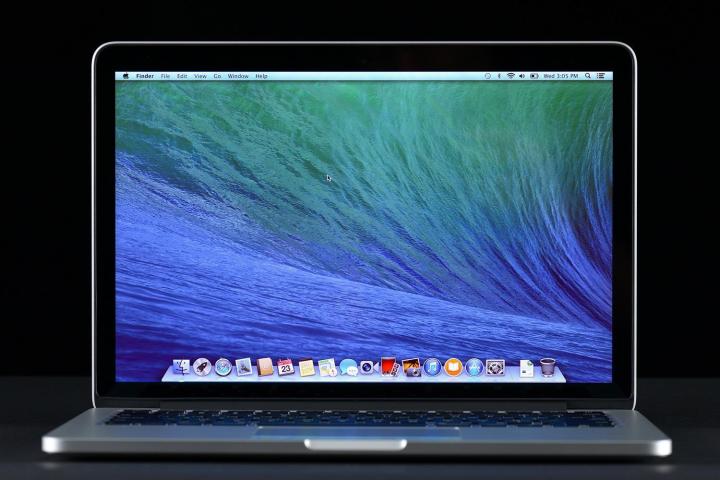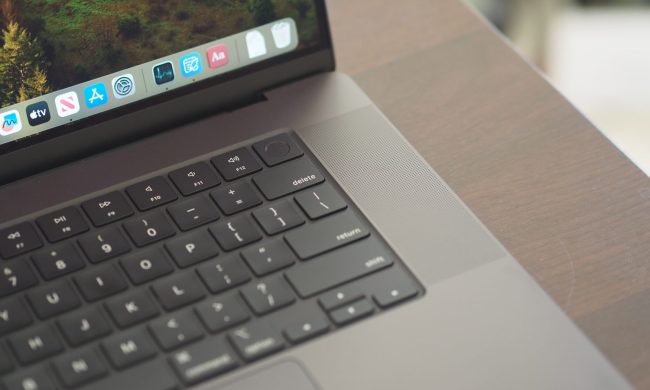
Though wireless charging hasn’t quite caught fire with owners of mobile devices that are capable of pulling off the task, that doesn’t necessarily mean that cable-less charging won’t eventually come to other form factors, like desktop or laptop computers, including the new Mac Pro, iMac or future MacBook notebooks.
Apple has reportedly just won a patent that could pave the way for iMac and Mac Pro desktops along with MacBook laptops to be powered wirelessly. Apple credits Brett Bilbrey, Michael Culbert, Peter Arnold, David Simon, Mushtaq Sarwar and former Apple engineer Richard DeVaul as the inventors of this new patent, which just was put out by the U.S. Patent and Trademark Office.
Don’t get the wrong idea though. You shouldn’t expect the next generation of iMac desktops and MacBooks to come sans charging cables. Patents get granted to companies all the time, and just because a firm acquires a patent doesn’t mean that they will act on it and incorporate the contents of a particular patent in future product designs.
We also wonder how much adding wireless tech to an iMac, Mac Pro or a MacBook would add to the cost of each device. Neither is exactly cheap (the MacBook Pro, starts at $1,200, while the iMac and Mac Pro start at $1,300 and $3,000, respectively), so the addition of such tech to products that are already priced highly may not make such a move viable from a consumer’s standpoint for years, that is, until wireless charging tech is streamlined to the point where adding it in place of a tried and true wired charging setup doesn’t add significant additional costs to the price of any of these products.

